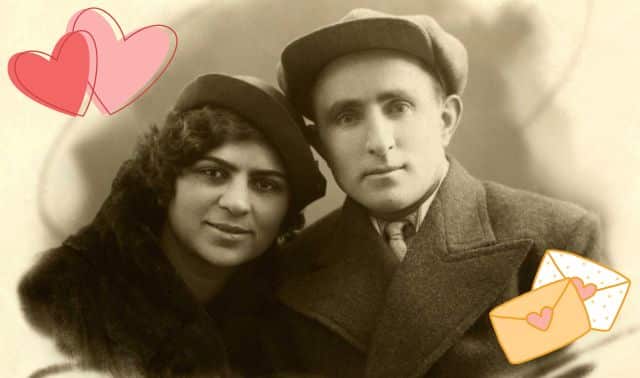Sign up for the Family Tree Newsletter Plus, you’ll receive our 10 Essential Genealogy Research Forms PDF as a special thank you!
Get Your Free Genealogy Forms
"*" indicates required fields
Remember grade school, when you used to cut paper chains of little girls holding hands? That’s a form of scherenschnitte (share-en-shnit-uh), or paper-cutting—an ancient art that’s migrated to scrapbooking. Paper-cut embellishments are nearly as easy to create as those paper chains—and much more elegant.
Paper-cutting originated in China almost 2,000 years ago and spread throughout the world, with many cultures developing variations. Japanese kirigami began in the 11th century when nobles designed simple, circular motifs to represent family names. During the Middle Ages, German scherenschnitte adorned New Year’s wishes, love letters and official certificates. German immigrants continued that tradition in America. The Polish have used sheep shears to create wycinanki (vee-chee-non-kee) since the early 1800s. All that history makes paper-cutting perfect for your heritage album pages—just follow these tips:
- Choose simple designs that reflect your family’s cultural background. For ideas, visit the Web site Paper Cuttings by Alison and borrow library books on the subject. One to try: Traditional Papercutting: The Art of Scherenschnitte by Susanne Schlapfer-Geiser (Lark Books, $14.95).
- Use a photocopier to copy and resize designs. Draw the motif on acid-free, lignin-free paper, or just tape the pattern to your paper and cut through both sheets at once.
- Start with simple, foldless designs such as leaves or vines. Then graduate to single-fold hearts or trees, accordion folds or snowflake-style circular folds. Leave areas along the fold uncut to connect the design sections.
- Cut minute details first with small embroidery or manicure scissors, then switch to a larger pair for bigger cuts.
- Flatten cuttings overnight under heavy books, or press them between two sheets of paper with a warm, dry iron. Use photo-safe tape to mount the embellishments in your scrapbook.
ADVERTISEMENT




